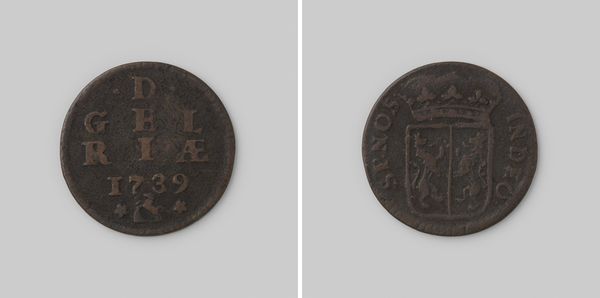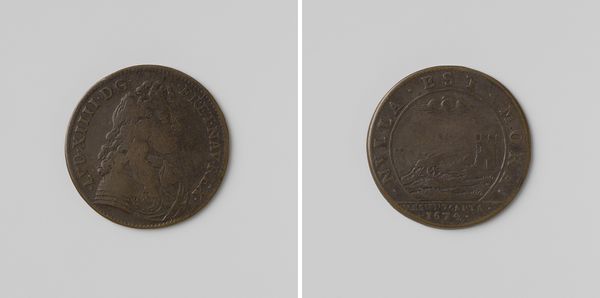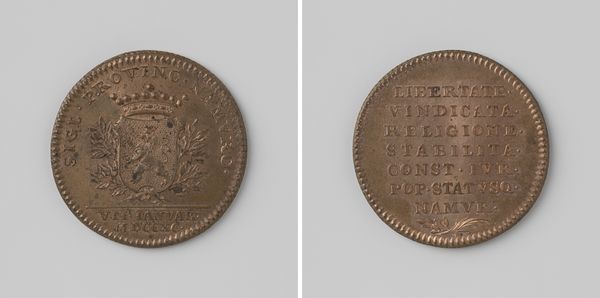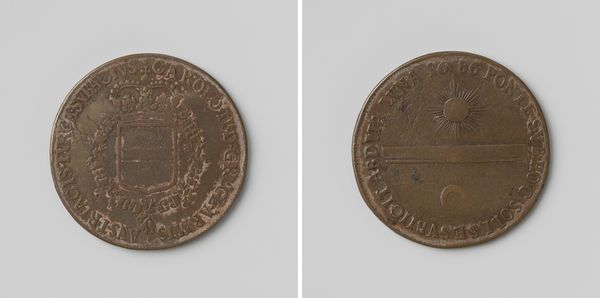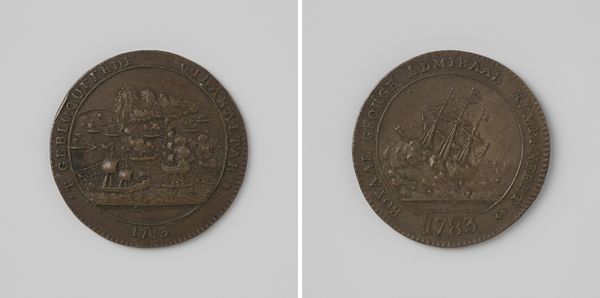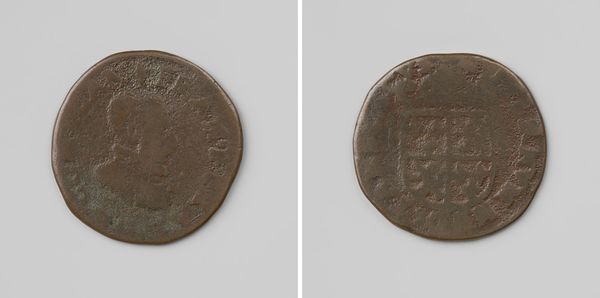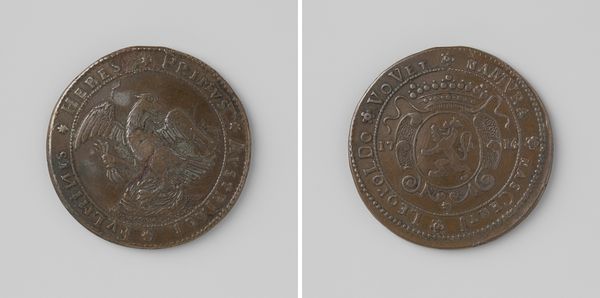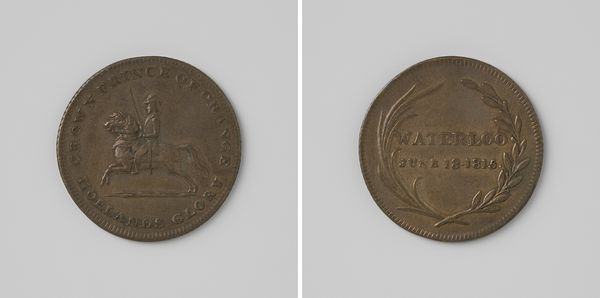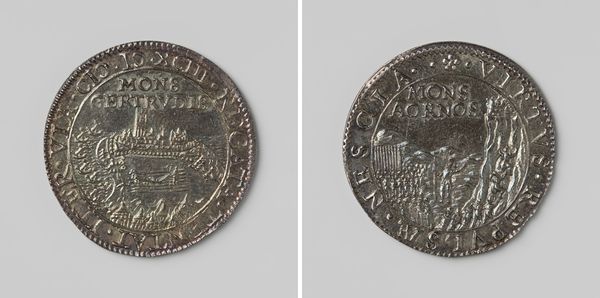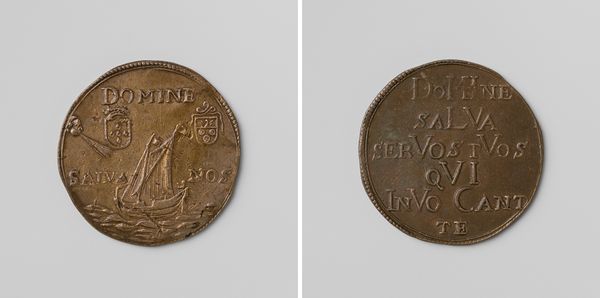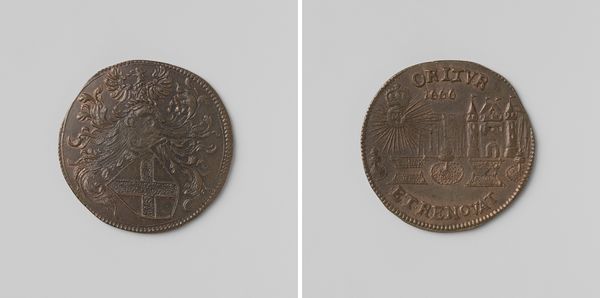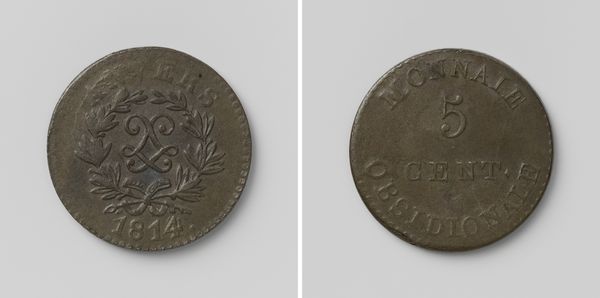
print, metal, sculpture
#
neoclacissism
# print
#
metal
#
ancient-mediterranean
#
sculpture
Dimensions: diameter 2.2 cm, weight 3.84 gr
Copyright: Rijks Museum: Open Domain
Editor: Here we have a Dutch cent from 1823, featuring Willem I, King of the Netherlands. It's a copper coin and has quite a stately, austere feel to it. How would you approach this piece from an art history perspective? Curator: Consider the coin as a product of specific economic and social conditions. The materiality of the copper itself is crucial; where was it mined? How was it processed? Think about the labor involved in producing thousands of these coins. That repetitive stamping and the distribution, that’s where the value truly lies. How does the production of currency affect ideas about value? Editor: So, beyond just being a portrait of the king, the coin tells us something about labour and economics? Curator: Exactly. This isn't just an image; it's a physical manifestation of power and trade. What were the major exports of the Netherlands at this time? This coin facilitated those transactions. The crown imagery also alludes to the exploitation connected to those trades at this period. The coin naturalizes that order through its aesthetic presence. Editor: That's a really interesting perspective. I hadn’t considered the material and labour aspects so directly linked to the coin’s significance. Curator: Precisely. By looking at the production process and material reality of this coin, we get a far richer understanding of its cultural value beyond the purely aesthetic. Hopefully, it prompts us to be more critical of the materials around us, and where they originate from.
Comments
No comments
Be the first to comment and join the conversation on the ultimate creative platform.
